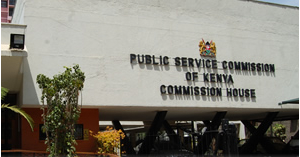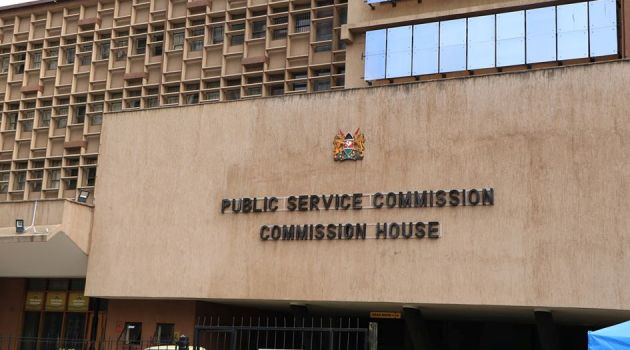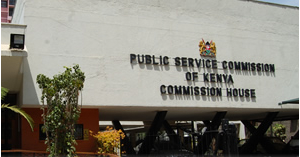The Public Service Commission (PSC) has revealed nearly 20,000 ghost workers on the government payroll.
A commission report has identified what appears to be a bloated public service that is draining the public funds.

In the annual report for the fiscal year 2022/2023, PSC said that there were 19,467 more employees in various government agencies and departments than the allowed staffing levels.
State House and the New Kenya Cooperative Creameries (KCC) Limited had over 100 members, while 15 other organizations were recognized as having more than half of the recommended personnel establishment.
The PSC revelation confirms reports by the Controller of Budget, Margaret Nyakango, on a mismatch in the country's expenditure, with 70% of budgetary allocations to both national and county governments spent on recurrent expenditure, such as salaries, and only 30% or less spent on development.

According to a PSC assessment of public sector performance, 19,467 unauthorized employees were recruited to the government payroll in the fiscal year 2022/2023, exceeding the recommended staffing levels for ministries and departments. Ministries and state departments had the most authorized staff (12,535), followed by state enterprises (4,558) and public universities (2,287).
The commission identified 15 organizations with excess workers, five of which had more than 50 percent more staff than their suggested staffing threshold.
The Kenya Medical Supplies Authority (KEMSA) had 115% more staff than the recommended number, followed by the National Water Harvesting and Storage Authority (72%), the State Department for Devolution (61%), the State Department for Higher Education and Research (69%), and the State Department for Immigration and Citizen Services (59%).

Six organizations had large differences, with more than 100 employees than what was on the staff register, including State House and the New KCC (483 and 492, respectively).
Four organizations were recognized as defying the commission's recommendations on excess personnel levels in the preceding fiscal year. These include KEMSA, the State Department of Transportation, the State Department of Higher Education, and the State Department of Devolution.
The extra manpower in the establishments led to underutilization of personnel, inflated wage expenditures, and overburdened working amenities.
Only 21 organizations out of 523 have created complete human resource management and development strategies to guide recruiting and training.
The panel has since suggested that all public organizations prepare human resource management and development plans by June 30th, 2024.









